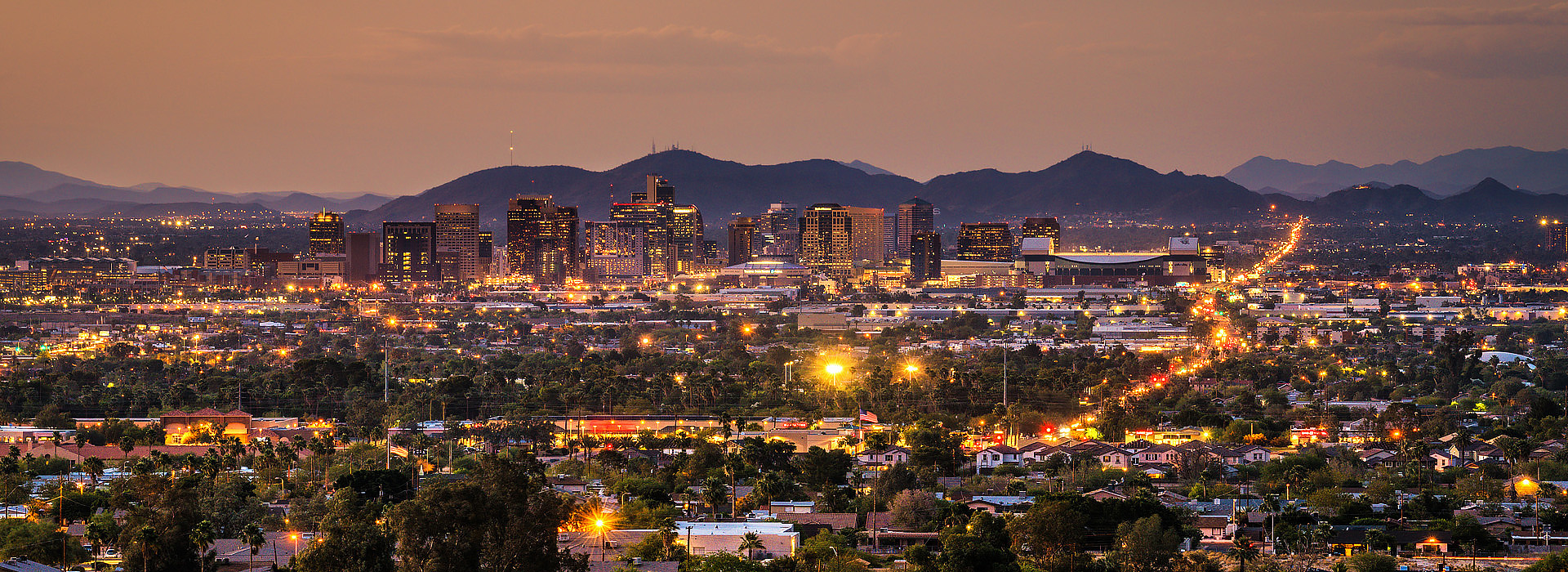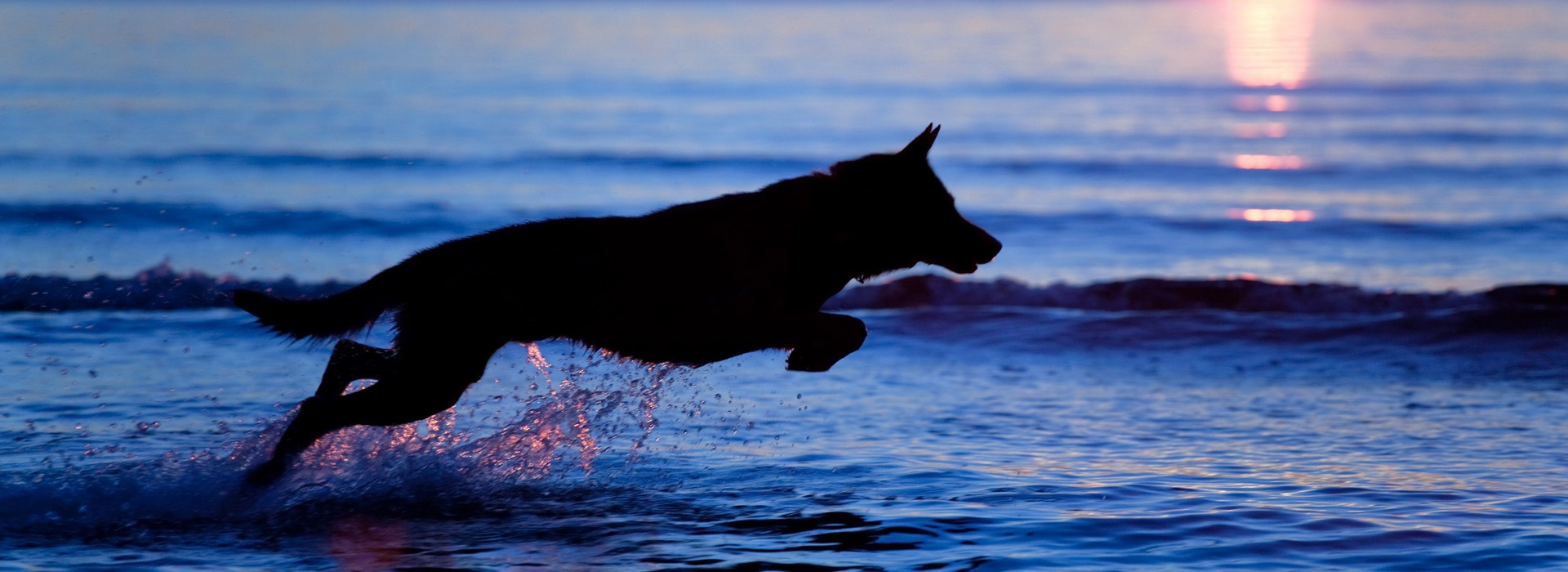Skies were to remain clear and mostly sunny through most of Thursday with a few lingering clouds, but more rainy weather is on the way for the weekend, According to the National Weather Service, more rain is headed to the Phoenix area, with up to an inch of rain expected in some parts of the Valley.
Bad weather and vehicle driving control
As bad weather can affect your ability to control your vehicle, the likelihood of being involved in an automobile accident increases. In fact, stopping on wet road requires almost twice the distance as stopping on a dry road. And on ice or sleet, it requires five times the distance to stop. Leave extra space between you and the vehicle in front of you in any kind of weather.
Hydroplaning while driving in bad weather
Six times more people are killed on wet roads than on snowy and icy roads combined because when it starts to rain, the roads are the most slippery, causing your vehicle to hydroplane. This is when the front tires literally lift - the vehicle is riding on the water rather than the actual pavement. Hydroplaning can happen at speeds as low as 35 miles per hour if the tires are worn.
Tips to Avoid Hydroplaning:
Keep mirrors cleared of water.
Avoid suddenly braking as well as making sudden moves of the steering wheel.
If approaching a large puddle of water, slow down and turn on wipers before you hit the water. Tap the brake lightly a few times to dry the brakes out as you leave the puddle. If you feel the car pull to one side, pump the brake slowly and smoothly in order to dry the brake out.
If you begin to hydroplane: hold the wheel steady and take your foot off the gas pedal. Gently pump the brake. Turning the wheel from side to side
or jamming on the brake will probably cause you to skid.
Tips for Poor Visibility:
Slow down gradually, rather than stop suddenly.
- Watch the road ahead and behind you for other cars that might be traveling slowly.
- Regardless of the time of day, turn on your lights and use your wipers.
- Never use the high beams on your headlights because the reflection from the dust will actually reduce visibility.
- Even if the lights do not improve your own visibility, they will make it possible for other motorists to see you better.
- If you need to slow down, tapping your brake pedal several times in order to flash your brake lights will help to warn any motorists behind you.
Working with a Personal Injury Attorney
If you have been involved in an automobile accident, you should immediately call a personal injury attorney that can help you build your case. They have the experience necessary to ensure you are able to prove your injuries so that you can collect the compensation you are owed.


